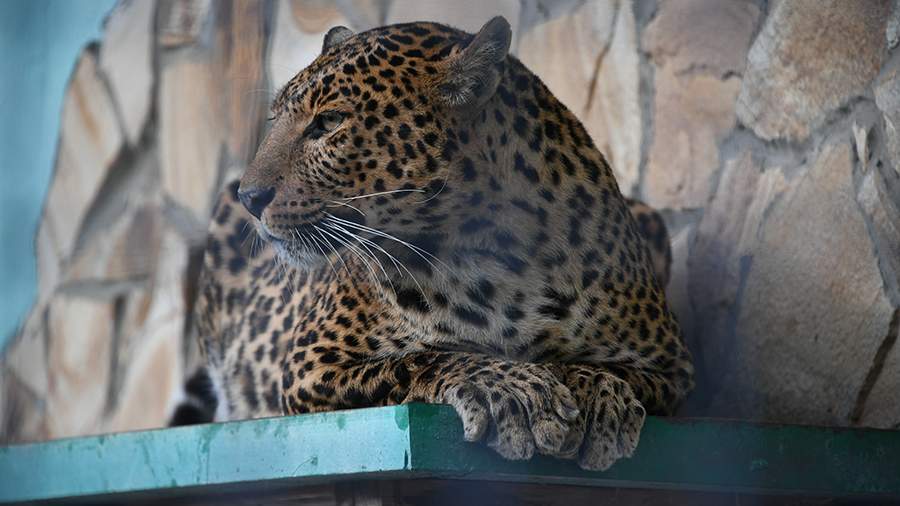Specialists from the Russian National Park “Land of the Leopard” and Seoul National University have begun a joint study of the DNA of the rarest populations of the Far Eastern leopard, as well as the Amur tiger. This was announced on Wednesday, February 2, by the press service of the Land of the Leopard National Park.
“At the end of January, a group of Korean specialists arrived at the Land of the Leopard, who, together with the staff of the Land of the Leopard, are working in the laboratory to isolate genetic material from more than 200 samples of leopard and tiger excrement collected in the southwest of Primorye in the wild over the past two years. DNA fingerprinting will then be taken up at Seoul National University, ”the message says.
It is noted that based on the information received, scientists will be able to develop more detailed strategies for the conservation of Red Book animals, including the study will help to understand how well the population feels, how high its genetic diversity is.
“Also among the possibilities of the method used by scientists is the determination of the species, sex and kinship of wild animals based on genetic material. The new study will allow us to compare the indicators with the results of scientific research of previous years, to trace the dynamics of changes in genetic diversity, ”added the press service of the park.
At the end of January, The Economic Times reported that the first leopard census of its kind will be held in India from January 31st. Forestry Department employee Sunnideo Chowdhary told the publication that a total of 50 cameras will be deployed to keep count for 24 weeks. The data will be retrieved every week.
In Russia, the Far East is also undergoing an extraordinary census of tigers. Animal census will cover the Amur Region, the Jewish Autonomous Region, the Khabarovsk and Primorsky Territories. An extraordinary census of red book predators is carried out three years earlier than planned, which is associated with a decrease in the number of wild boars, the main food of tigers, which was caused by the spread of African swine fever. According to experts, this factor can directly affect the tiger population.
Source: IZ
Jane Stock is a technology author, who has written for 24 Hours World. She writes about the latest in technology news and trends, and is always on the lookout for new and innovative ways to improve his audience’s experience.




